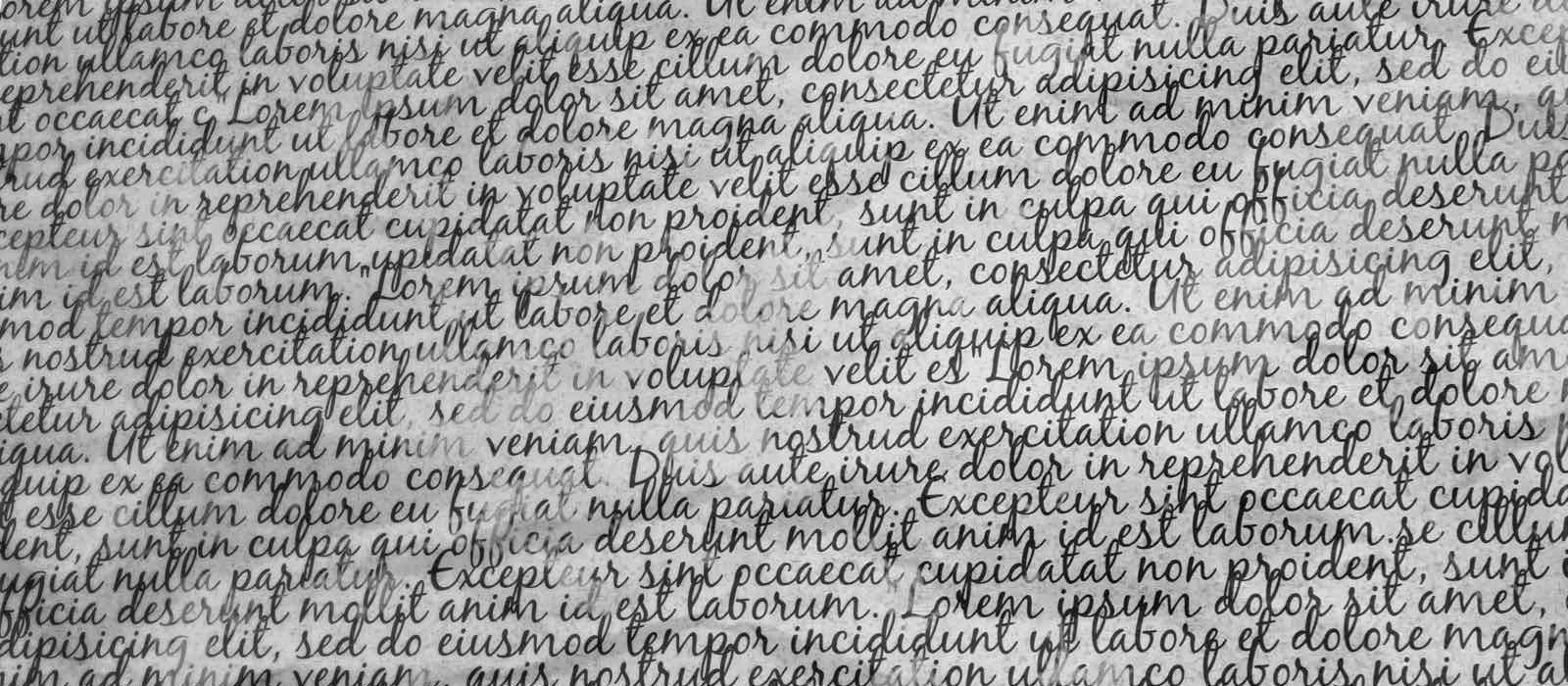21 Sep FREE ITALIAN LESSONS: NUMBER 11

Avete visto un film italiano recentemente? Have you seen an Italian movie recently? Short of going to Il Bel Paese, it is one of the best ways to expose yourself to the Italian language. Allora passate una serata con Benigni, Accorsi, o Mezzogiorno! (The names just listed are popular Italian actors: search for them on Netflix or Youtube.) Challenge yourself without using subtitles, and don’t be afraid to press “pause” or “rewind” when you don’t understand something.
This week we will learn another grammar rule about gender:
Feminine Nouns:
Most feminine nouns end in “a,” this makes them very easy to identify.
Some examples are:
La banca (bank)
La casa (house)
L’amica (friend)
La forchetta (fork)
However, some feminine nouns end in “e”
L’arte (art)
La chiave (key)
La direzione (direction)
To say “the” for a singular feminine noun (to form the definite article), you will use “la” for any noun that doesn’t begin with a vowel.
Some examples are:
La porta (the door)
La soluzione (the solution)
You will use l’ for any singular noun (masculine or feminine) that begins with a vowel. This makes pronunciation easier—it avoids a “tongue twister.”
Some examples:
L’uscita (the exit)
L’amica (the friend)
L’arancia (the orange)
Esercizio 1: Put in the correct definite article (“the”) for each of the following words:
1. giornale 2. conto 3. prezzo 4. banca 5. autostrada 6. forchetta 7. chiesa 8. indirizzo
Last week’s answers: 1. Lui deve sapere quando cominciare. 2. Perchè devono andare?. 3. Vogliamo sapere dove aspettare. 4. Devo sapere che cosa studiare. 5. Lei vuole sapere dove andare.
Italian is the 4th most commonly studied foreign language in the U.S.A. The more the merrier, so…parliamo italiano!

